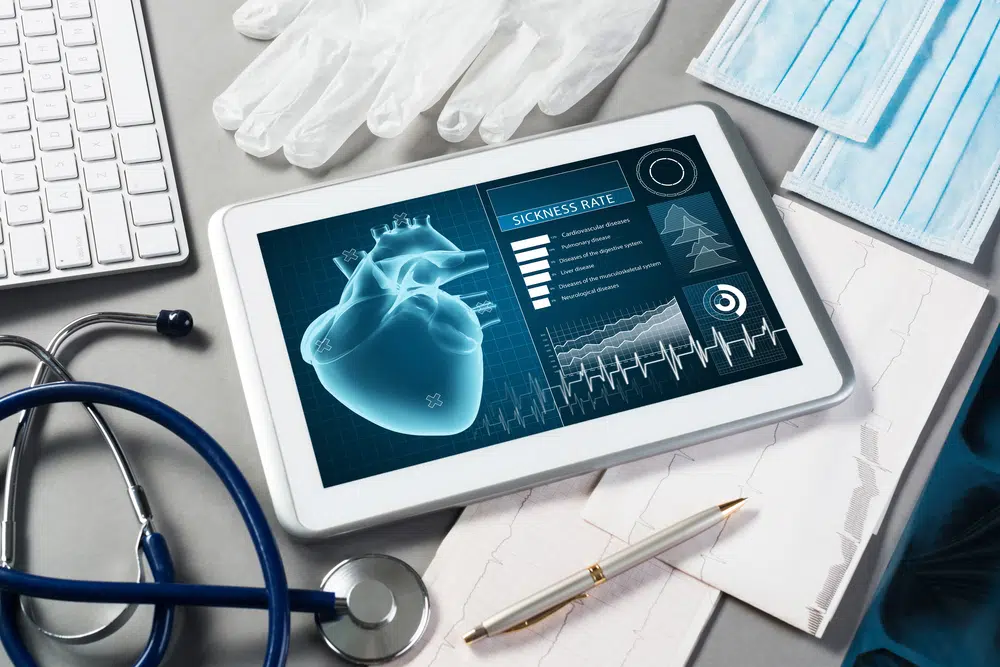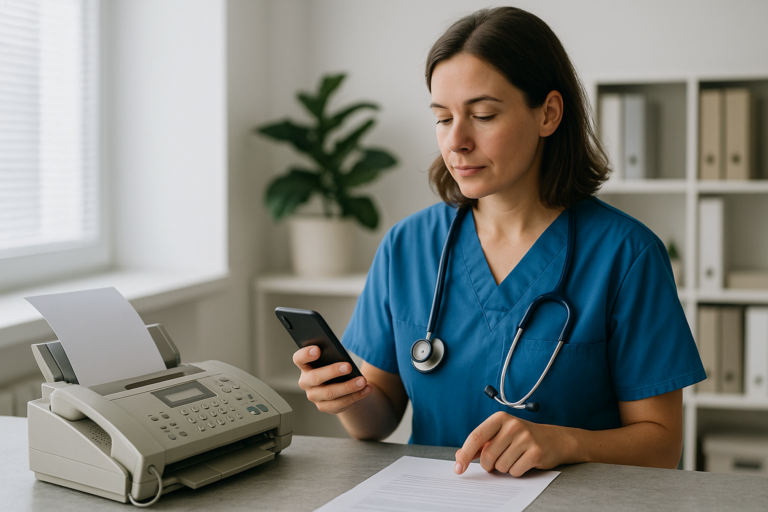The first documented medical telephone consultation occurred in 1879. Healthcare has changed dramatically in the more than 140 years since that consultation, but one of the important components of the industry remains communication.
As we mentioned in a previous blog, effective communication can lead to better health outcomes through reduced medication errors. A study published in Health Communication found that “the first impression has a strong impact on positive and negative judgments on doctors’ communication approach and may facilitate or inhibit all further interactions.” Similarly, evidence indicates that there are strong positive relationships between a healthcare team member’s communication skills and a patient’s capacity to follow through with medical recommendations, self-manage a chronic medical condition and adopt preventive health behaviors.
Avoidable Errors
Technology continues to be utilized in a variety of ways to improve and streamline communication in healthcare, but it also can encumber quality patient care when a negative user experience occurs. Many patients still use the telephone to contact their physician’s office, and staff members responsible for answering such calls may unintentionally convey a lack of care or concern when the following types of situations transpire:
- A patient cannot get a warm, friendly voice or any voice of a live person on the phone easily.
- A patient has to listen to multiple menu options before finding the one he or she needs to push to address their need quickly.
- When put on hold, a patient’s blood pressure rises due to annoyance or offense taken when listening to the choice of hold music.
- The phone line is crackling, or the connection is poor.
In addition to these types of situations, patients calling to give information or leave messages with their provider might not be aware their data could actually be at risk if the communications system is not HIPAA-compliant. According to the Health Information Portability and Accountability Act (HIPAA), a medical office administrative assistant is not to discuss a patient’s personal health information (PHI) with anyone other than the patient.
Some provider staff members may not fully understand the importance of upfront collections, resulting in decreased revenue flow and a week revenue cycle. Another more serious consequence of ineffective healthcare communication is medical errors. A review of reports from a study conducted by The Joint Commission revealed more than 70 percent of medical errors are the direct result of communication failures.
Physician Best Practices
Physician practice staff aren’t the only ones responsible for promoting effective communication with patients. The Institute for Healthcare Advancement (IHA) created a list of common errors providers make when communicating with patients:
- Creating prescription drug instructions that are written at 11th grade reading level or higher, rather than 5th grade reading, the level at which the majority of the country’s population reads
- Communicating in medical jargon when it’s not necessary.
- Failing to demonstrate cultural awareness and sensitivity in patient encounters
- Talking too quickly to the patient and not allowing time for the patient to ask questions in response
- Not providing medical information in the patient’s first language
- Not taking time to explain the meaning of prescription bottle labels such as “TAKE WITH FOOD.” Studies show that even simple labels such as this, written at a 1st or 2nd grade reading level, are not understood universally as people have stuffed pills into solid foods and then eaten the food without liquid.
To help mitigate these situations, the American Academy of Family Physicians (AAFP) offers physicians five tips for effective communication when managing a telephone encounter:
- Speak slowly and clearly, and don’t use medical jargon.
- Listen actively.
- Develop rapport.
- Give each call your full attention to help the patient know you are listening.
- Be clear about the plan.
AAFP also recommends that doctors review with the patient what was discussed during the call and establish what will happen after they hang up. If possible, physicians should send the patient an after-visit summary so the he or she will have something in writing from the phone visit.
Thorough Staff Training
To ensure physician practice staff members, especially those in the front office, make a favorable impression on patients communicating with them, continued training is imperative. This type of education ensures they are familiar with any new or revised processes and procedures and that each staff member’s patient-facing communication skills match. It’s beneficial to offer these employees flexible training times and dates, provide an array of training opportunities and arrange a schedule that lets them take part in training without negating their main work tasks.
When conducting training with physician practice staff, it’s important to remind them to follow the following medical office telephone best practices:
- Answer within three rings.
- Minimize on-hold calls.
- Let callers know approximately how long they’ll be on hold.
- Ask callers if they’d rather receive a call back.
- Schedule call-back times.
- Follow through on transferred calls.
- Speak in a low tone using moderate volume and speed to convey words in a clear, understandable way.
- Close the call in a friendly, professional way instead of simply hanging up.
At RingRx, we know doctors and their staff want to make every possible effort to convey to patients that they care about their experience with the practice. That’s why we’ve compiled a list of 10 Tips for Designing a Phone System for a Modern Doctor’s Office.
Our ongoing goal is to develop easy-to-use tools that help healthcare providers – solo practices, medical groups, hospitals and health systems and more – improve patient care while reducing costs and errors. Contact us to learn how we can set up, analyze and manage your organization’s phone system right from our portal.





